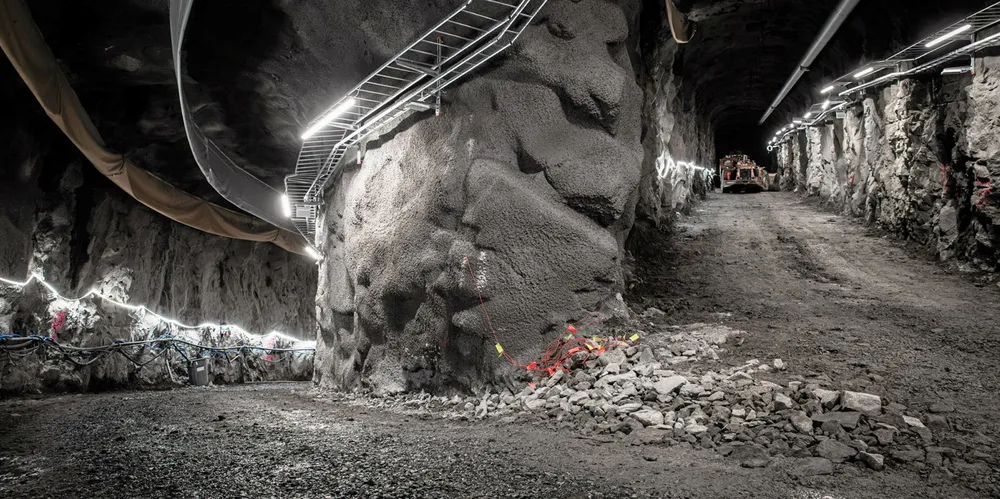Green steel moves step closer to commercialisation with ‘first of its kind’ hydrogen cavern storage
Hybrit’s new facility will ensure a steady supply of renewable H2 and help ‘make fossil-free steel competitive’

A first-of-its-kind underground storage facility for green hydrogen — a vital component to produce zero-emission steel at commercial scales — has been inaugurated in Sweden.
“Green steel” uses renewable hydrogen instead of carbon-intensive coke (a form of coal) to extract iron from iron ore, and clean energy in every other part of the production process. The ability to store large quantities of hydrogen would therefore be a vital part of commercial-scale green steel manufacturing, due to the need for a constant flow of the gas, which cannot be produced when the wind is not blowing or the sun is not shining.
“The hydrogen storage facility will play a very important role in the overall value chain for fossil-free iron and steel production,” Hybrit said. “Producing fossil-free hydrogen gas when there is a lot of electricity, for example when it is very windy, and using stored hydrogen gas when the electricity system is under strain, will ensure a steady production of sponge iron [the pure iron metal extracted from iron ore].”
Storage capacity for the pilot project is only 100 cubic metres, but this could be expanded to 120,000 cubic metres — the equivalent of about 3,000 tonnes, or enough to supply a full-size sponge iron plant for three to four days, according to Hybrit.
“The [storage] pilot plant is important in order to really test and understand how large-scale hydrogen storage works,” said Klara Helstad, head of the sustainable industry unit at the Swedish Energy Agency.
“Storage of hydrogen gas will be an important piece of the puzzle for a fossil-free value chain for the iron and steel industry, but also in a future robust electrical system.”
The storage pilot will now undergo a two-year test period, until 2024.
LRC technology, in which gas is stored underground in a rock cavern lined with a sealing layer of material, has been used to store natural gas in Sweden for around two decades, but the Luleå project marks the first time it has been used to store hydrogen gas, Vattenfall says.
“Hydrogen gas and its storage are central to our transition. In four years, Hybrit technology will be used on a large scale in the first demonstration plant in Gällivare, and the plan is to then build more sponge iron factories,” said Lars Ydreskog, senior vice president of strategic projects at LKAB.
“LKAB will therefore need to become one of Europe’s biggest hydrogen producers, and this pilot project will provide valuable knowledge for the continuing work on creating the world’s first fossil-free value chain for the iron and steel industry.”
(Copyright)